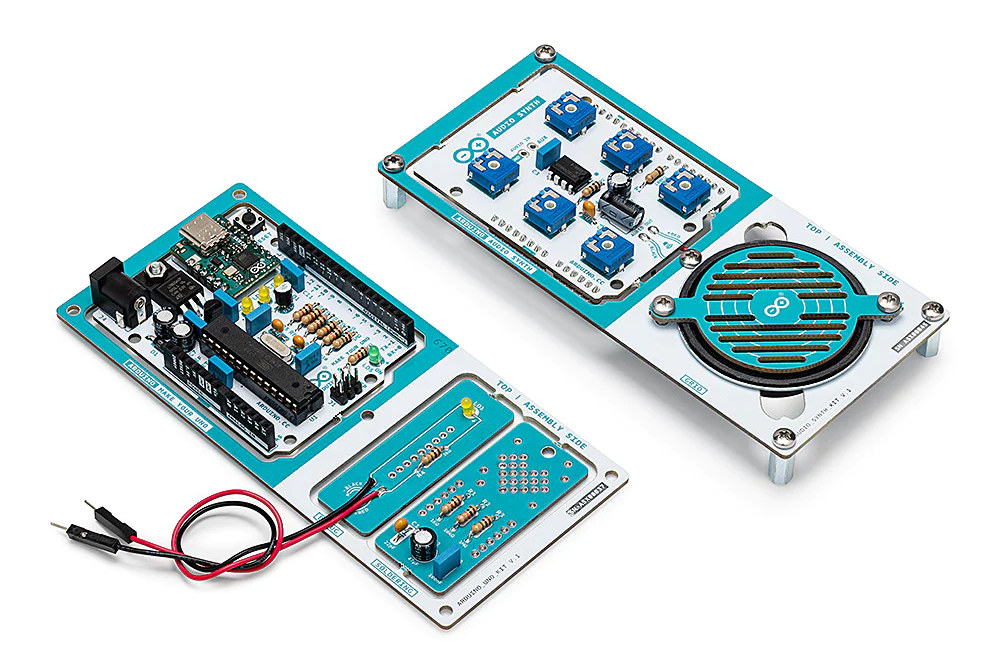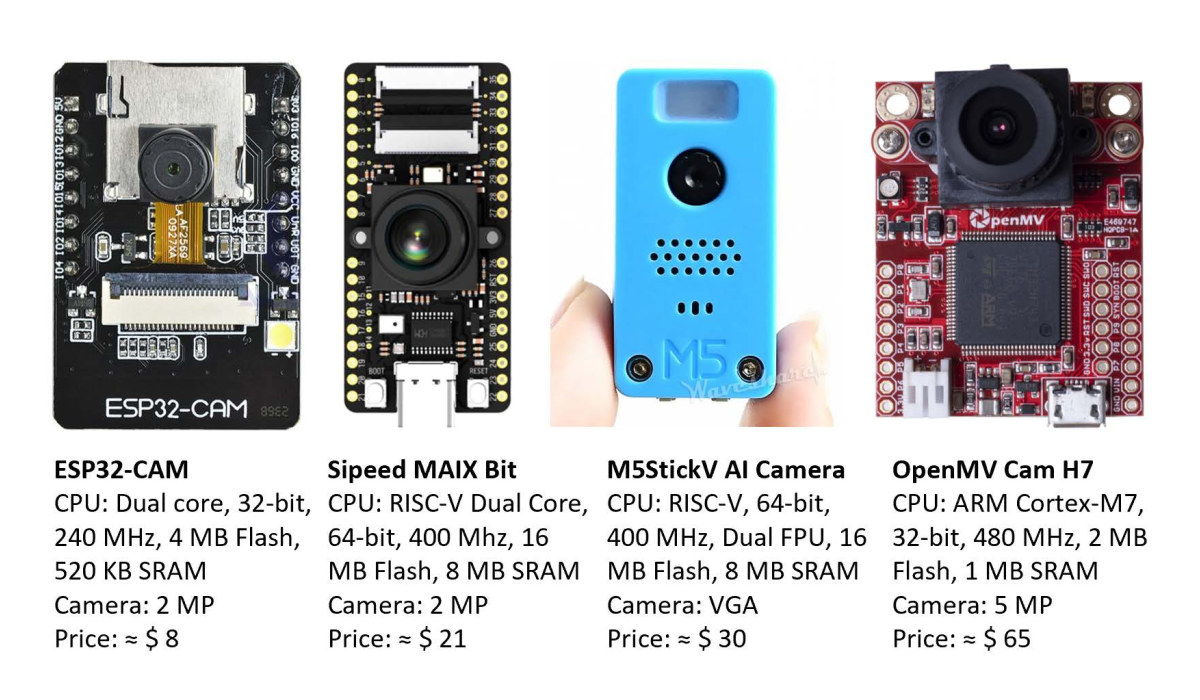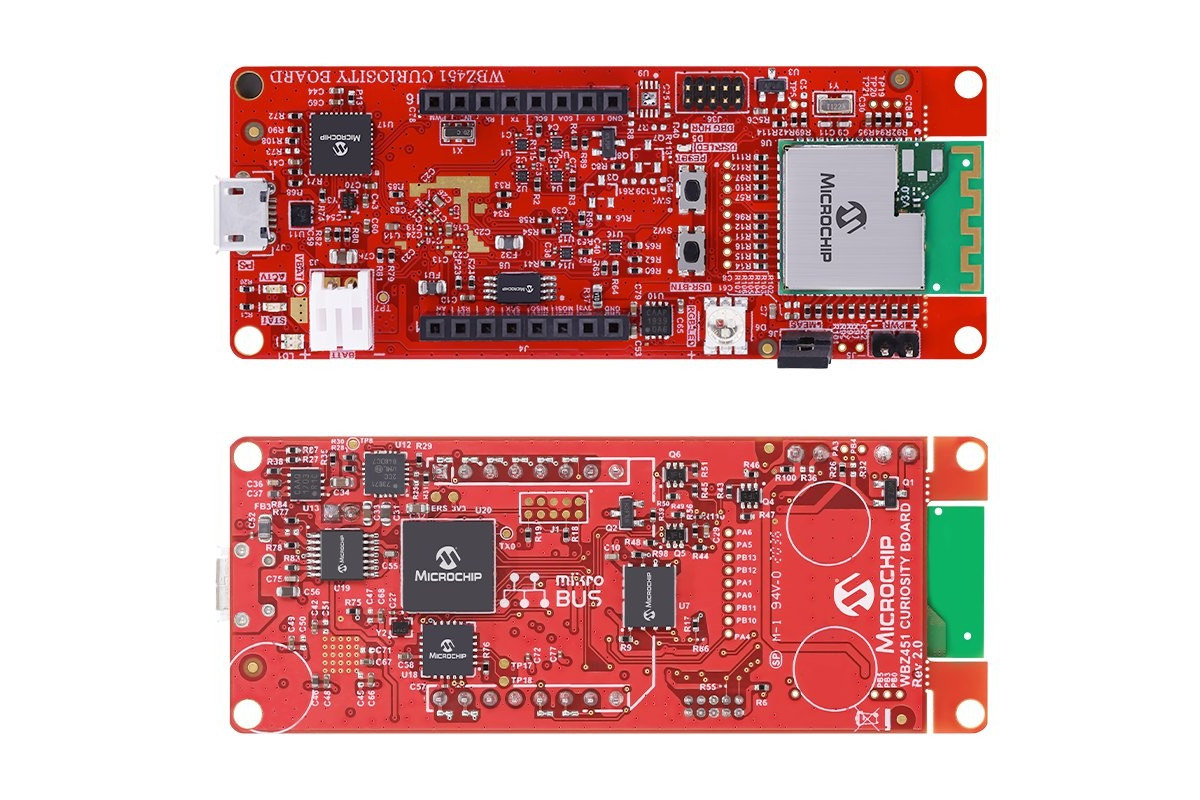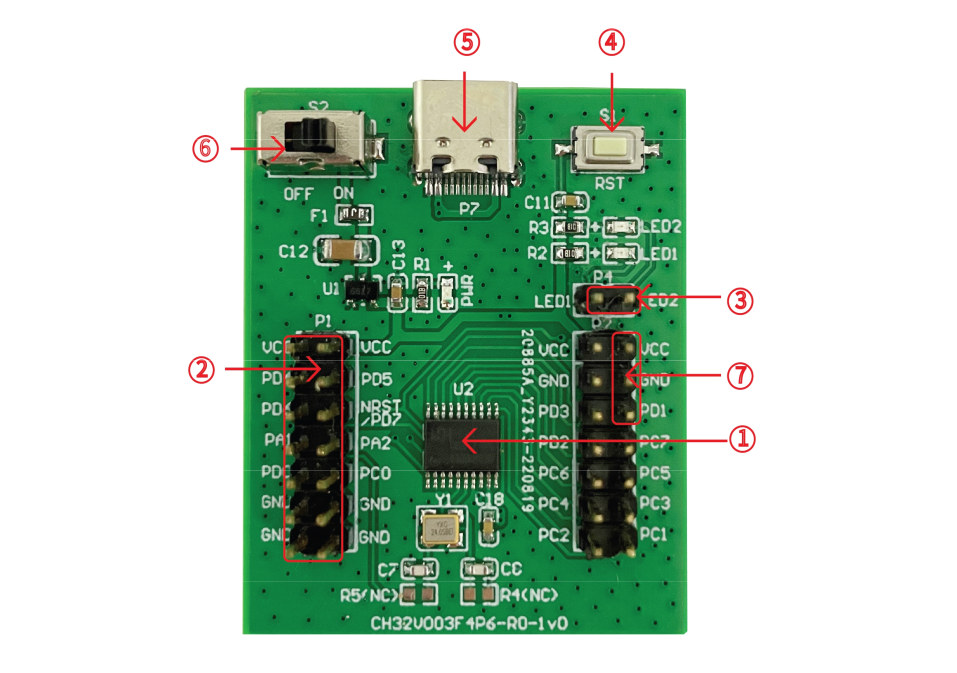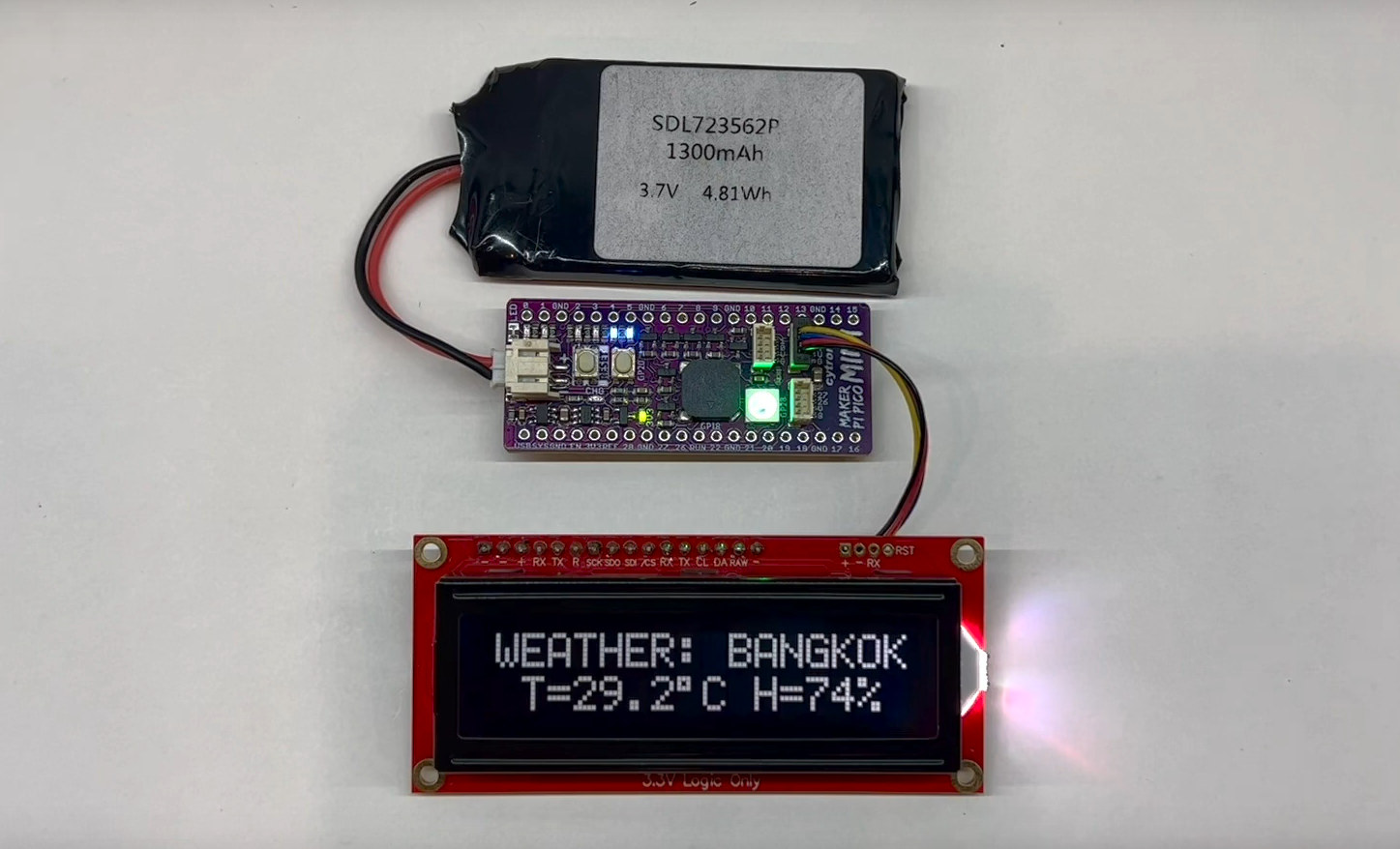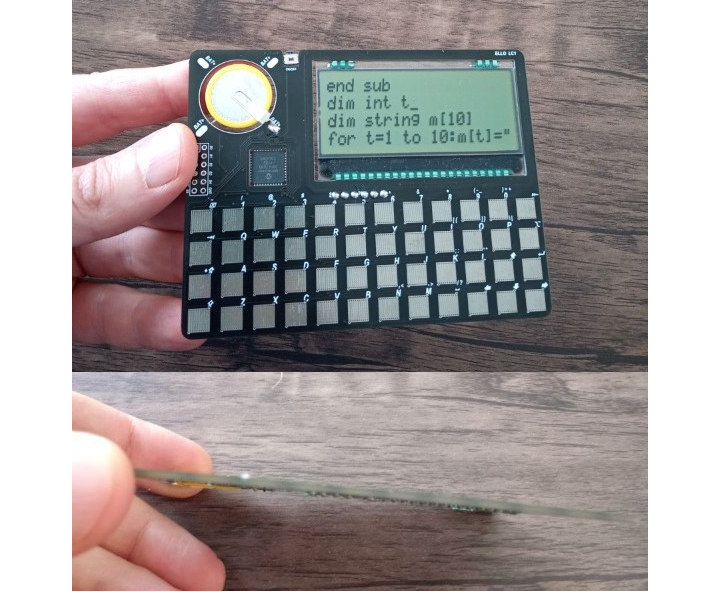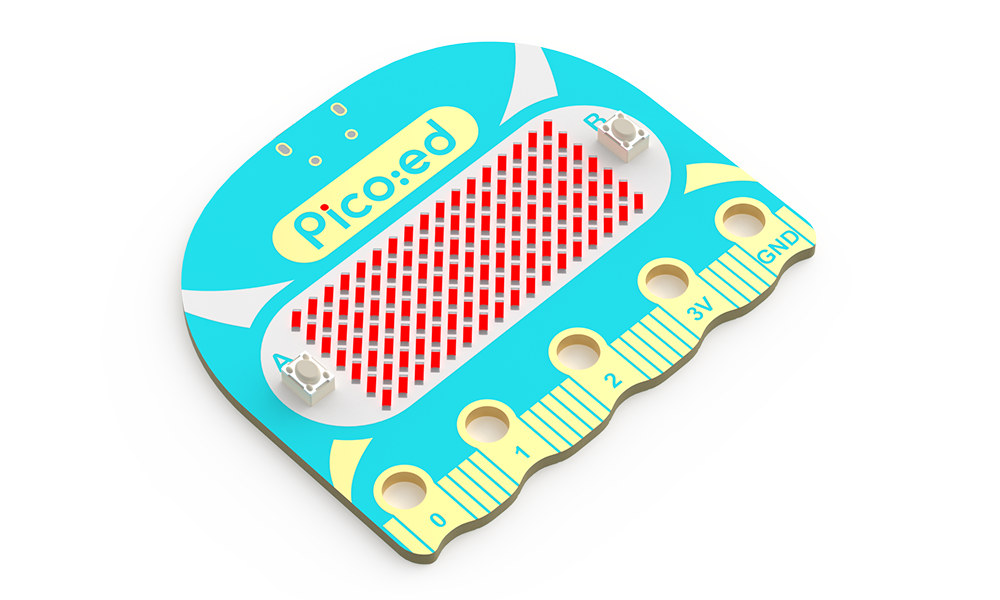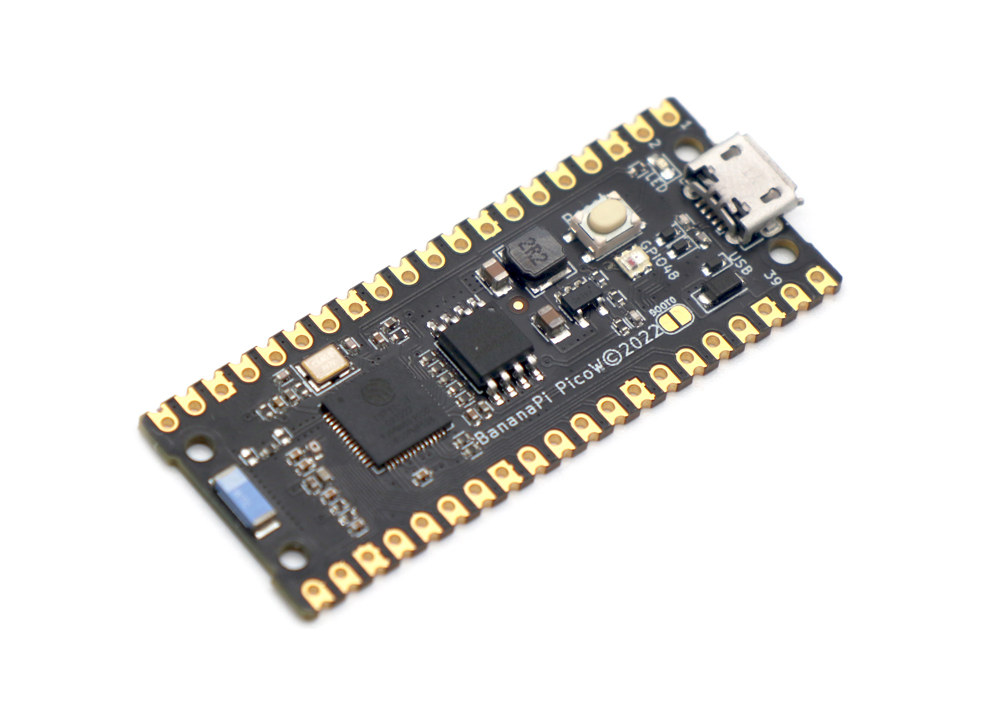Arduino Make Your UNO Kit is a kit with two boards, one for the microcontroller and the other for audio, and all components required that can be used to learn how to solder and then Arduino programming. Once soldering and assembly are complete you’ll hopefully get a working Arduino UNO and an audio synthesizer shield. But before you get there, you’ll need to equip yourself with a soldering iron and some soldering tin to solder the components below to the two PCBs. Package content: Arduino Make Your UNO board’s components Make Your UNO PCB Socket for ATMega328p MCU Microchip ATmega328p 8-bit AVR microcontroller USB Type-C serial adapter board Various 1k Ohm, 10k Ohm. and 1M Ohm resistors 3x Ceramic capacitors (22pF) 3x Electrolytic capacitors (47uF) 7x Polyester capacitors (100nF) 1x 1N4007 diode 1x 16MHz crystal 4x Yellow LEDs, 1x Green LED 1x Push-Button 1x MOSFET 2x I/O connectors 6-pin header […]
TinyML-CAM pipeline enables 80 FPS image recognition on ESP32 using just 1 KB RAM
The challenge with TinyML is to extract the maximum performance/efficiency at the lowest footprint for AI workloads on microcontroller-class hardware. The TinyML-CAM pipeline, developed by a team of machine learning researchers in Europe, demonstrates what’s possible to achieve on relatively low-end hardware with a camera. Most specifically, they managed to reach over 80 FPS image recognition on the sub-$10 ESP32-CAM board with the open-source TinyML-CAM pipeline taking just about 1KB of RAM. It should work on other MCU boards with a camera, and training does not seem complex since we are told it takes around 30 minutes to implement a customized task. The researchers note that solutions like TensorFlow Lite for Microcontrollers and Edge Impulse already enable the execution of ML workloads, onMCU boards, using Neural Networks (NNs). However, those usually take quite a lot of memory, between 50 and 500 kB of RAM, and take 100 to 600 ms […]
WBZ451 Curiosity Board features Microchip PIC32CX-BZ2 BLE and Zigbee 3.0 microcontroller
Microchip WBZ451 Curiosity Board features the company’s Microchip’s WBZ451PE Bluetooth Low Energy 5.2 and Zigbee 3.0 RF module based on the new Microchip PIC32CX-BZ2 32-bit Arm Cortex-M4F wireless microcontroller. WBZ451 Curiosity Board (EV96B94A) specifications: Wireless module – WBZ451PE Bluetooth Low Energy and Zigbee RF Module with Microchip PIC32CX-BZ2 32-bit Arm Cortex-M4F wireless microcontroller @ up to 64 MHz, 128KB RAM, 1MB flash, 2.4 GHz radio for Bluetooth LE 5.2 and 802.15.4 (Zigbee 3.0) Tx output power – Up +12 dBm Rx sensitivity – Up to -103 dBm PCB antenna 29x I/O pins Storage – 64Mbit QSPI flash Expansion – mikroBUS socket for MikroElectronika Click adapter boards Sensor – Microchip MCP9700A analog voltage temperature sensor Debugging On-board Programmer/Debug Circuit using PICkit On-board 4 (PKoB4) based on Microchip SAME70 MCU On-board USB to UART Serial Converter with Hardware Flow Control based on Microchip MCP2200 10-pin Arm Serial Wire Debug (SWD) header for […]
10 cents CH32V003 RISC-V MCU offers 2KB SRAM, 16KB flash in SOP8 to QFN20 packages
WCH CH32V003 is a new ultra-cheap RISC-V microcontroller (MCU) clocked at 48 MHz with 2KB SRAM, 16KB flash, and a bunch of interfaces that sells for under 10 cents in quantities. The MCU offers up to eighteen GPIOs, UART, SPI, I2C, an 8-channel 10-bit ADC, and several timers in TSSOP20, QFN20, SOP16, or SOP8 packages, and a small development board is also available. WCH CH32V003 specifications: CPU – 32-bit “RISC-V2A” core up to 48 MHz Memory – 2KB SRAM Storage – 16KB flash Peripherals Up to 18x GPIO with interrupt support 1x USART interface 1x I2C 1x SPI 10-bit ADC up to 8 channels 1-Wire debug interface General purpose DMA controller Timers 16-bit advanced timer 16-bit general-purpose timer 2x watchdog timers 32-bit system timer Misc – 64-bit chip unique ID Supply voltage – 3.3/5V Low power modes – Sleep, standby Power on Reset (POR), programmable voltage detector Packages – TSSOP20, […]
Making a weather station with Maker Pi Pico Mini board and SparkFun SerLCD display
Cytron’s Maker Pi Pico Mini comes with a Raspberry Pi Pico or Raspberry Pi Pico W microcontroller board. It has the same features as the larger Maker Pi Pico including a GPIO LED, WS2812B Neopixel RGB LED, a passive piezo buzzer, programmable push buttons, and a reset button. I would like to thank Cytron for sending the Maker Pi Pico Mini board fitted with a Raspberry Pi Pico W as well as a character RGB LCD and a 3.7V Lithium Polymer battery. In this tutorial, we will show how to make an Internet connected weather station with the Maker Pi Pico Mini board using Arduino code and the OpenWeather API. We’ve already covered the Maker Pi Pico Mini board, so we’ll have a closer look at the accessories SparkFun SerLCD character display The SparkFun SerLCD is a 16×2 character display with a Microchip ATmega328P microcontroller that handles commands sent from […]
ELLO LC1 – A 2mm thin DIY “computer” based on Microchip PIC18 8-bit MCU
We often write about business card or credit card-sized boards, but it’s only true for 2D dimensions, as most boards are over a centimeter thick, with possibly the thinnest we’ve covered being the Khadas Edge2 SBC that’s just 7mm thick. So Kn/vD took it upon himself to build a DIY computer that was really about the size of a credit card, and came up with the ELLO LC1 based on a Microchip PIC18 8-bit microcontroller, featuring an integrated display and keyboard, and powered by a coin-cell battery. It’s just 2mm thin. ELLO LC1 specifications: MCU – Microchip PIC18 (PIC18F47Q83-I/PT) 8-bit microcontroller with 13KB RAM and 128KB flash, out of which 64KB are reserved as user file storage Display – 20×4 character text panel (Display Visions EADOGM204N) Keyboard – 48x touch panels on the PCB Expansion – 12-pin unpopulated header for debugging (ICSP) and GPIO expansion Misc – Power button Power […]
Raspberry Pi RP2040 gets into BBC Micro:bit lookalike board
ELECFREAKS Pico:ed V2 is a Raspberry Pi RP2040 board heavily inspired by the BBC Micro:bit with an edge connector exposing rings suitable for crocodile clips, a 17×7 LED matrix display, and designed for the classroom. We’ve seen several BBC Micro:bit clones – or rather adaptations – over the years with boards such as the SiFive Learn Inventor, Elecrow Mbits, and HiHope “Big Brother” board. The Pico:ed V2 adds to the list, and the main differences are that it is based on the Raspberry Pi RP2040 microcontroller instead, and does not come with wireless connectivity relying on a USB interface only. ELECFREAKS Pico:ed V2 specifications: MCU – Raspberry Pi RP2040 dual-core Cortex-M0+ microcontroller @ up to 133Mhz with 264kB of SRAM Storage – 2MB QSPI flash Display – 17×7 dot-matrix display USB – 1x micro USB 1.1 port for power, data, and programming I/Os 25-pin notched “Wavy” connector with up to […]
$5.5 Banana Pi BPI-PicoW-S3 ESP32-S3 board follows Raspberry Pi Pico W form factor
Banana Pi’s BPI-PicoW-S3 is a development board following the Raspberry Pi Pico W form factor, but based on Espressif System ESP32-S3 dual-core microcontroller offering both WiFi 4 and Bluetooth LE connectivity. The Raspberry Pi SBCs have inspired many designs, but the Raspberry Pi Pico MCU boards less so. So far, I had only seen the WeAct RP2040 board with the same layout except for a USB Type-C port and a 16MB flash. But the Banana Pi BPI-PicoW-S3 provides a direct alternative to the Raspberry Pi Pico W with a more powerful microcontroller, vector instructions for AI acceleration, BLE, and about the same price at $5.5 plus shipping. Let’s see how the BPI-PicoW-S3 specifications compare to the ones of the Raspberry Pi Pico W in the table below. While the power signal (5V, 3.3V, GND) and GPIO numbers are the same on both boards, there are a few variations here and […]


